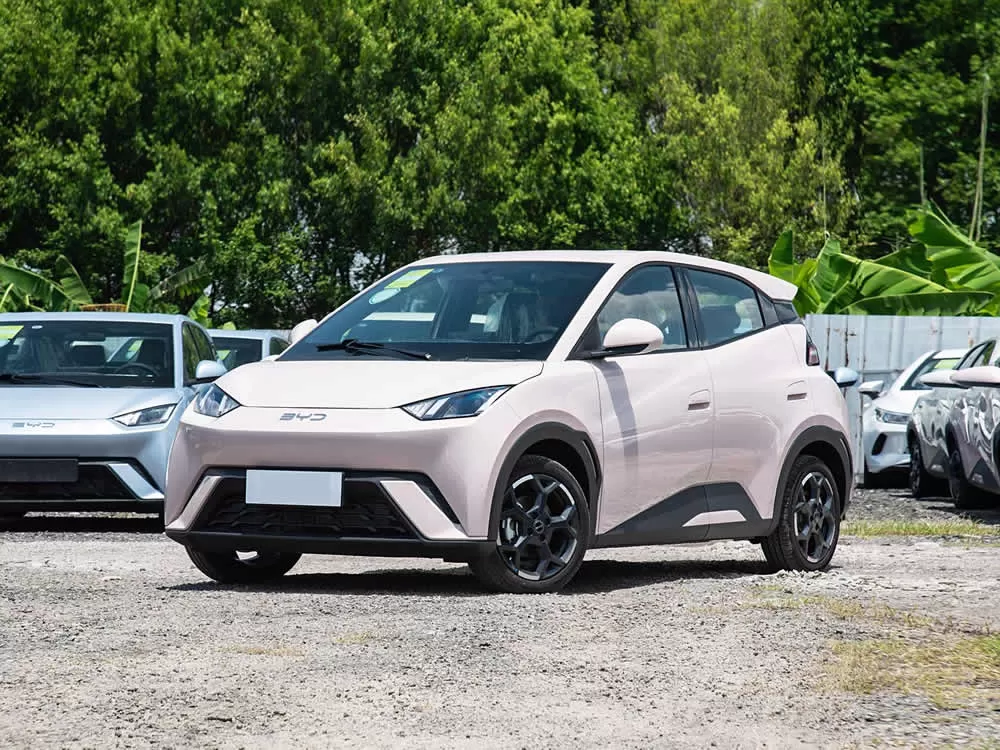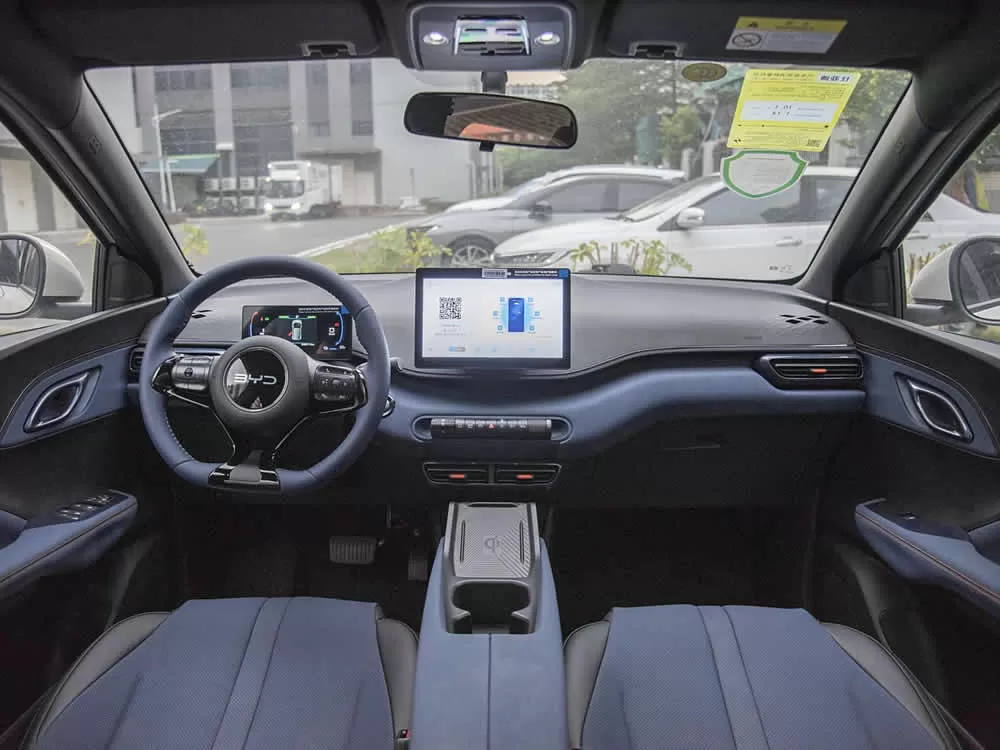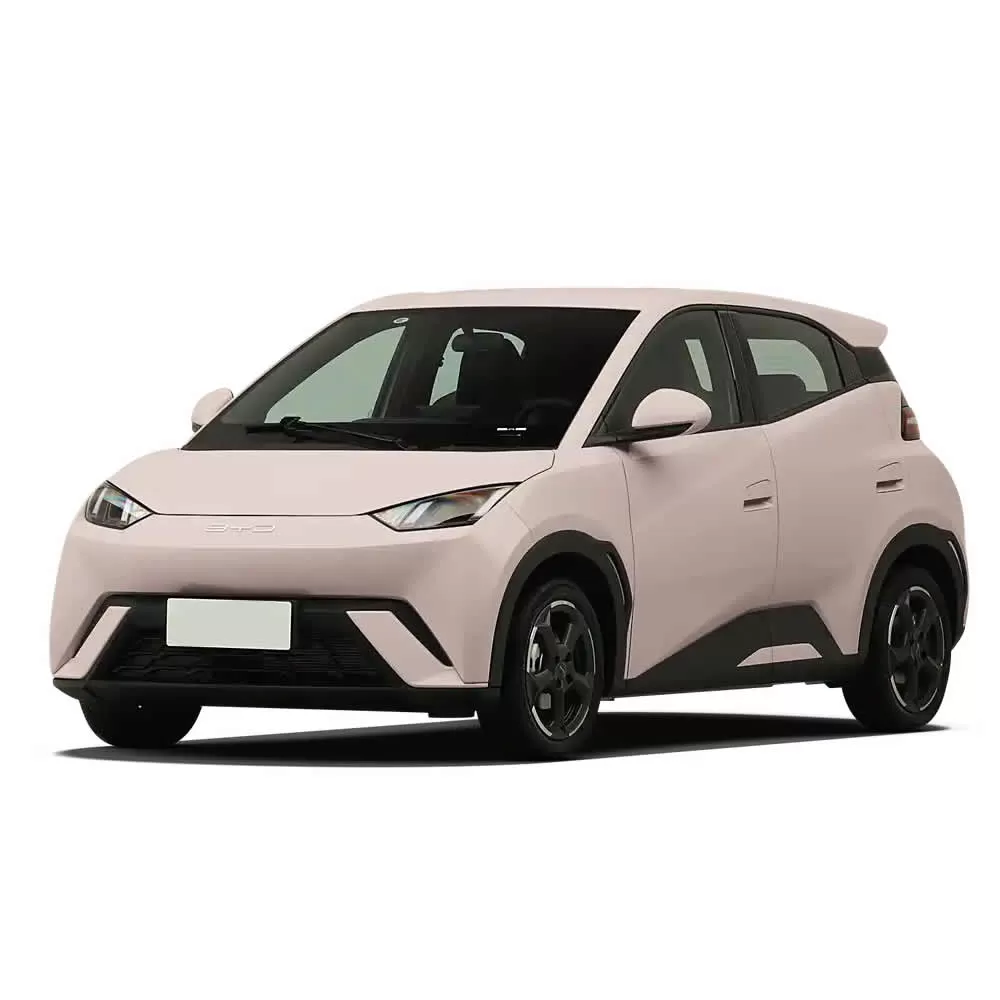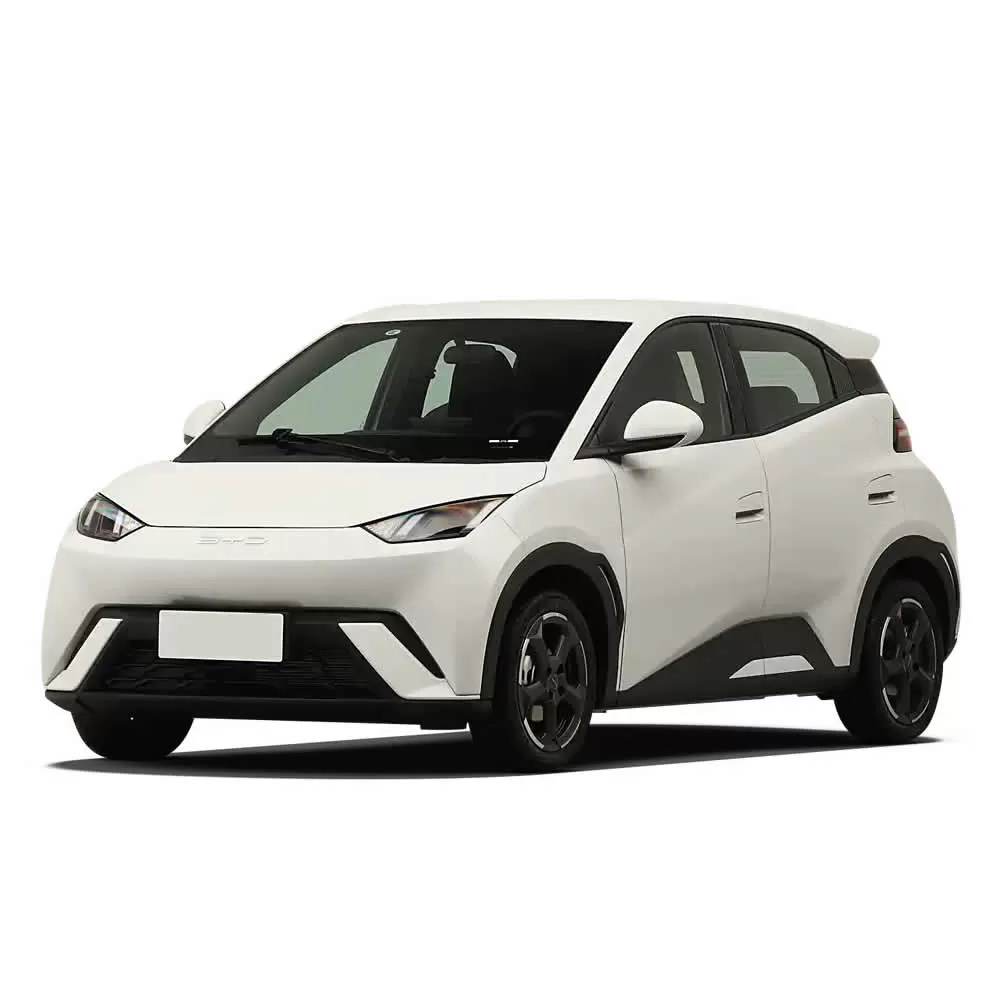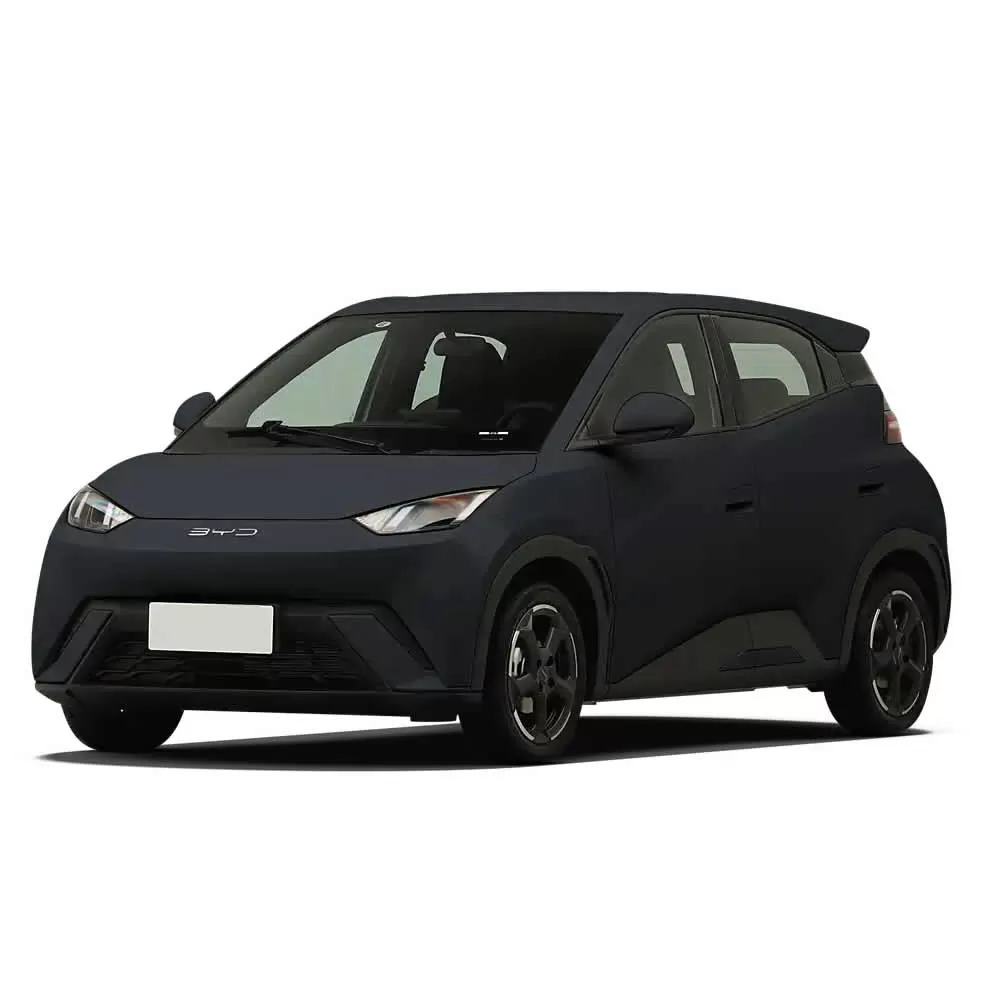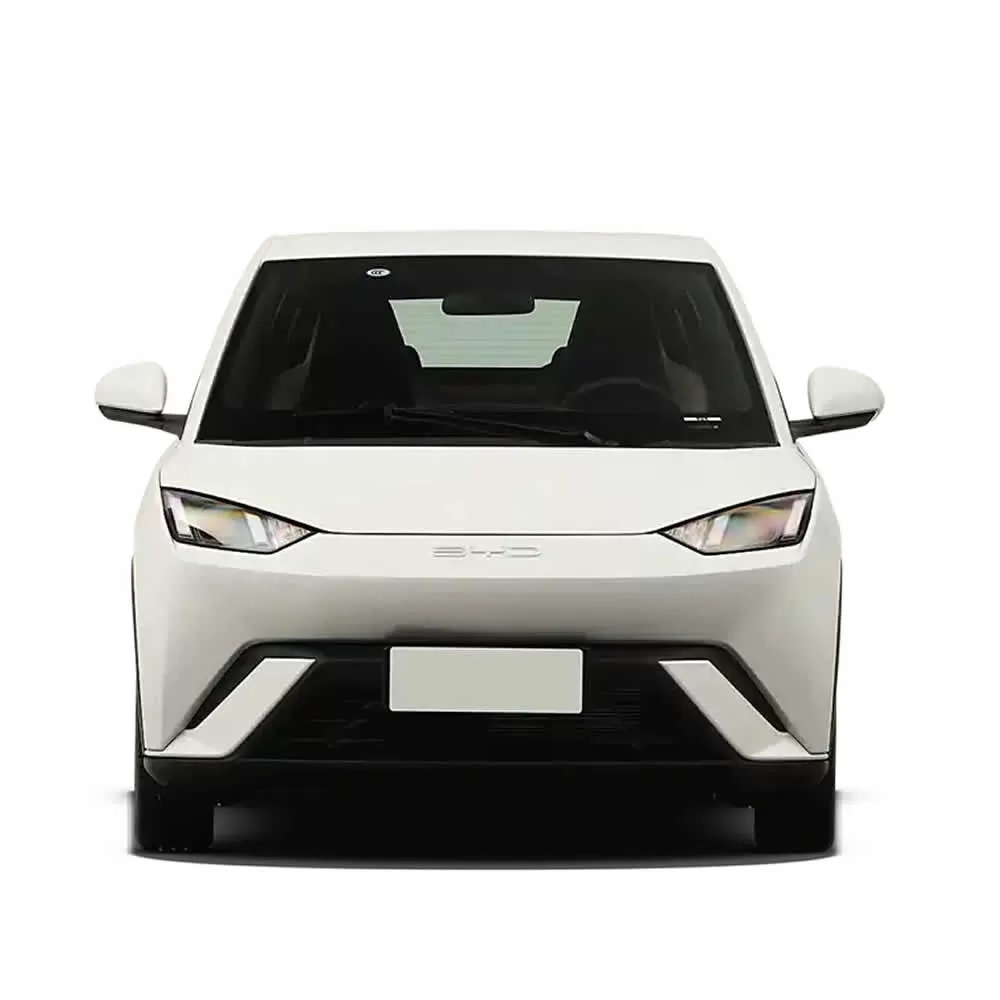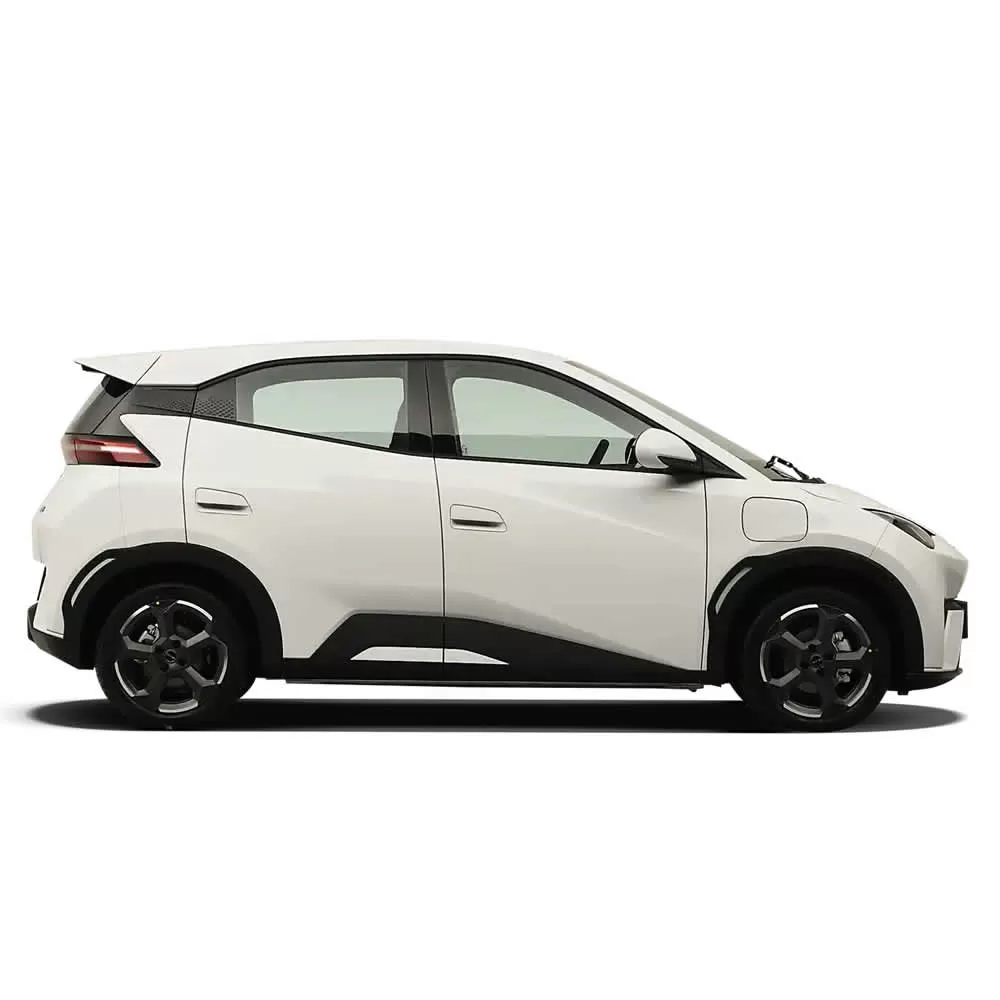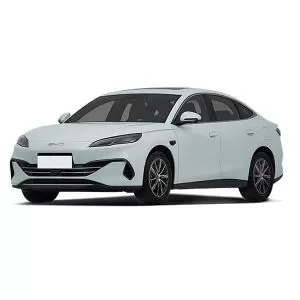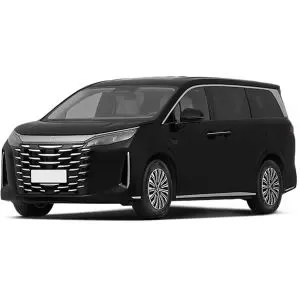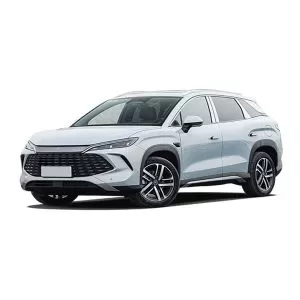As the "national god car" in the A0-class pure electric market, BYD Seagull 2025 continues its high cost-effective positioning and strengthens the urban travel experience through detail innovation. The following analyzes its product strength and model differences from the core dimensions: the body continues the "ice-breaking sharp" sports front face, and the LED headlight group lighting effect is upgraded with a wider range of illumination. The side floating roof is matched with Ice Crystal Smart Wheels (exclusive for mid-to-high-end models), and the rear is enhanced with a through-type light group and smoked black sports surround to enhance the sense of hierarchy. The color scheme retains 6 trendy options such as warm white and peach pink, and the sprout green is cancelled, making the overall visual more "cute and fierce" and energetic.
Smart cockpit and practical upgrade
The entire series is equipped with a 10.1-inch adaptive rotating Pad, integrated with the DiLink smart network system, supporting voice interaction and OTA upgrades. A new 60W Type-C fast charging port is added to solve the charging needs of multiple devices. The mid-to-high-end models are upgraded with 6-way electric adjustment of the main driver + front seat heating, and the ceiling is changed to easy-to-care fabric. NVH has been slightly optimized, but there is still room for improvement in high-speed tire noise. Relying on a 2500mm wheelbase, the rear row can accommodate an adult of 1.75 meters, and the legroom is 820mm. The standard trunk volume is 345L, which can be expanded to 930L after the rear seats are folded down, making it easy to load camping equipment. The entire series is equipped with CN95-level filter elements and antibacterial and environmentally friendly materials, with a PM2.5 filtration rate of 99.97%, creating a healthy cabin for mothers and babies.
Power endurance and energy efficiency optimization
The entire series is equipped with a 55kW front motor (135N·m torque), accelerating from 0 to 50km/h in 4.9 seconds and a top speed of 130km/h. Two battery life options are available:
305km version: meets the daily average of 50km commuting, and the urban power consumption is about 9.3kWh/100km;
405km long-range version: equipped with 38.88kWh blade battery, supports 40kW fast charging (30%-80% takes 37 minutes), and the actual winter battery life retention rate is 85%, which is worry-free for cross-city travel.
Core differences between the three models
Vigorous version
Basic intelligent driving: supports L2 functions such as reversing image and cruise control. Configuration: halogen headlights + 15-inch steel wheels, 7-inch instrument. Applicable scenarios: pure commuting users
Freedom version
Intelligent driving leap: equipped with the DiPilot 100 system (29 sensors), supporting high-speed navigation and valet parking. Comfort upgrade: LED headlights + 16-inch wheels, heated front seats, 8.8-inch LCD instrument. Positioning: A choice that balances smart technology and cost-effectiveness
Flying Edition
Enhanced battery life: 405km battery life + liquid-cooled battery, more comfortable for long-distance scenarios. Advanced safety: New front side airbags + four-way steering wheel adjustment. Value point: A safe choice for long-range battery life for family users
The BYD Seagull 2025 model reshapes urban travel with the concept of "small car with high energy". Whether it is the Vitality Edition for commuting, the Freedom Edition with full technology, or the Flying Edition with worry-free battery life, it has become a phenomenal product in the micro-electric vehicle market with its cross-level configuration and solid battery life. The body is made of 61% high-strength steel, and key parts are made of 1500MPa hot-formed steel. The top configuration is equipped with 6 airbags and has passed the 3A full-excellent certification of the China Automotive Technology and Research Center. The Intelligent Driving Edition is equipped with 5mm-wave radar + 12 cameras, realizing 27 intelligent driving functions, and the success rate of automatic parking in narrow parking spaces exceeds 90%.
